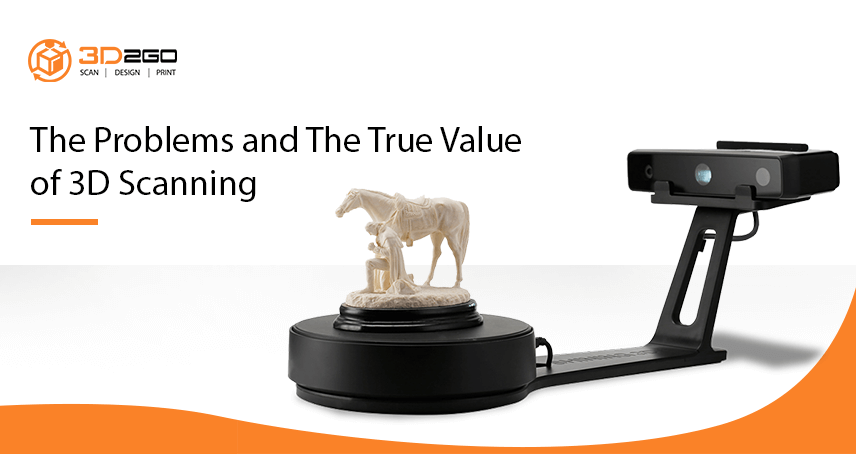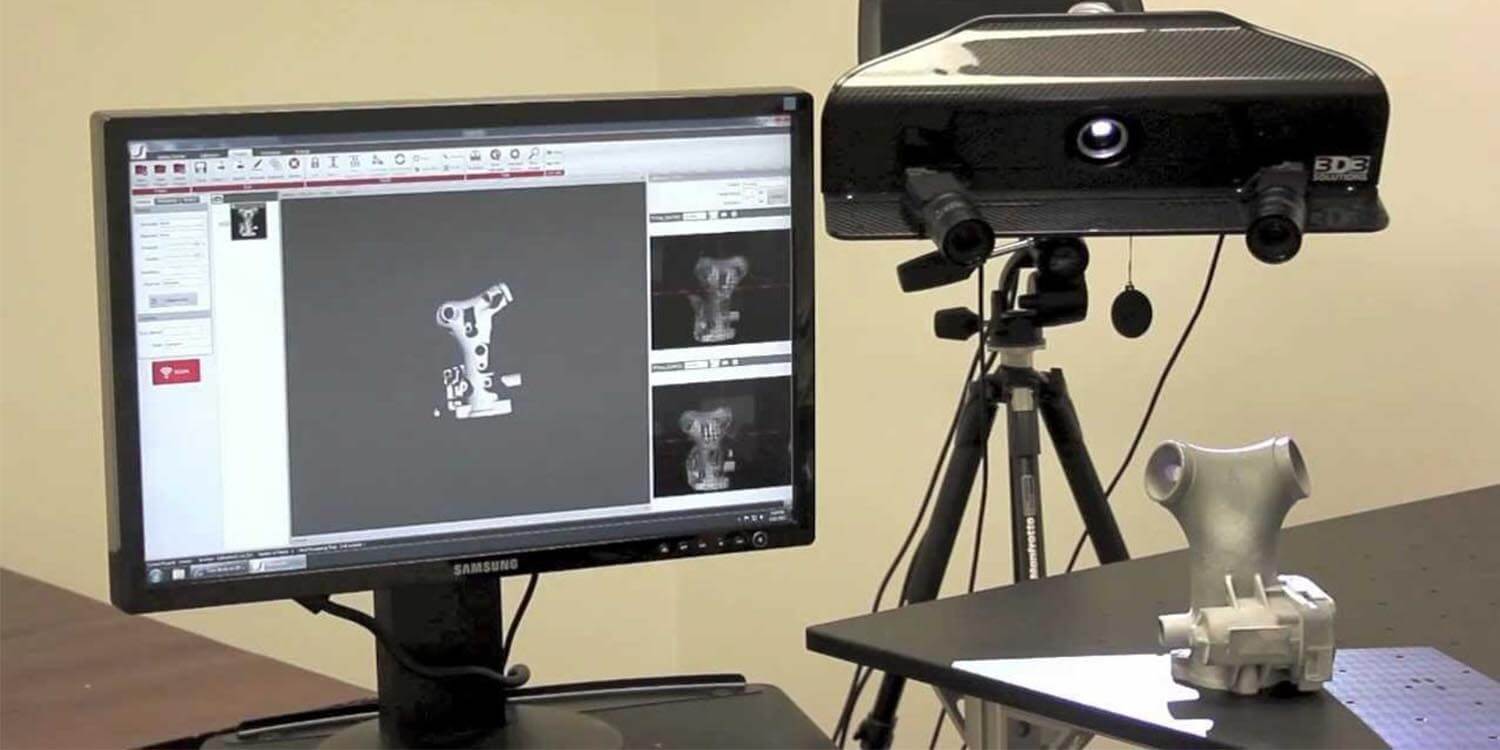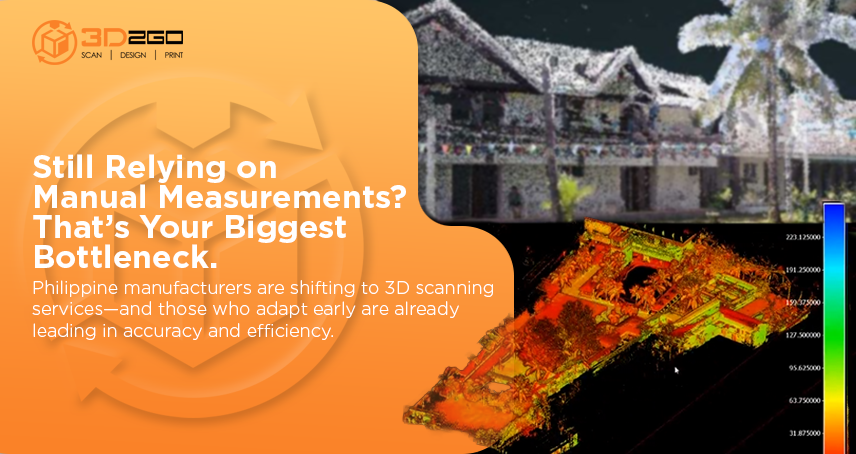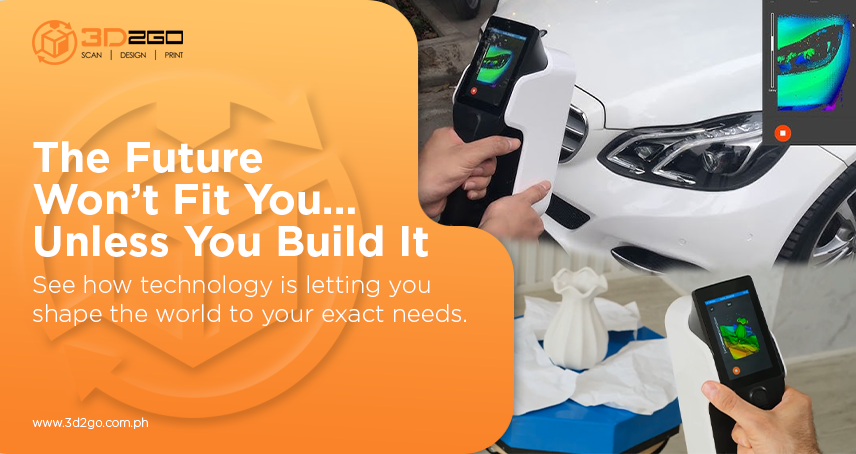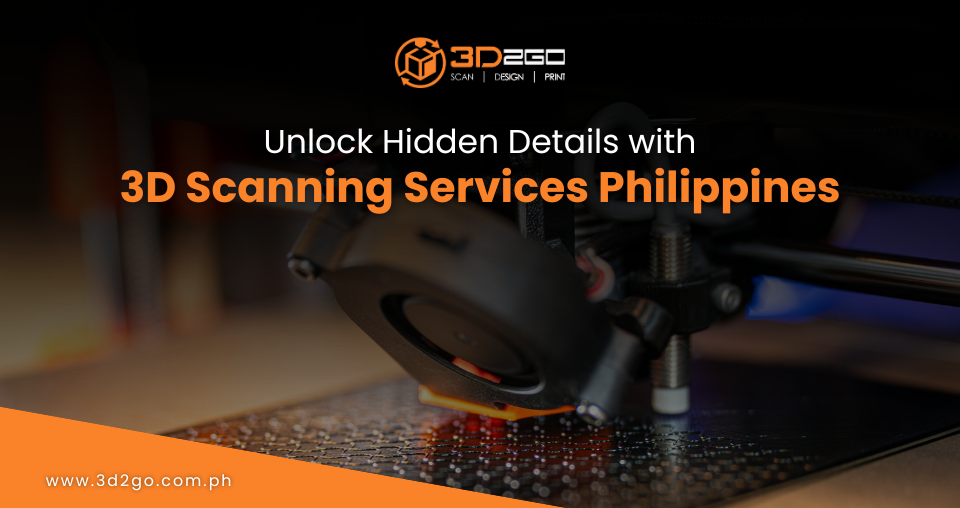
5 Industries That Are Slowly Adapting 3D Printing Services
September 21, 2022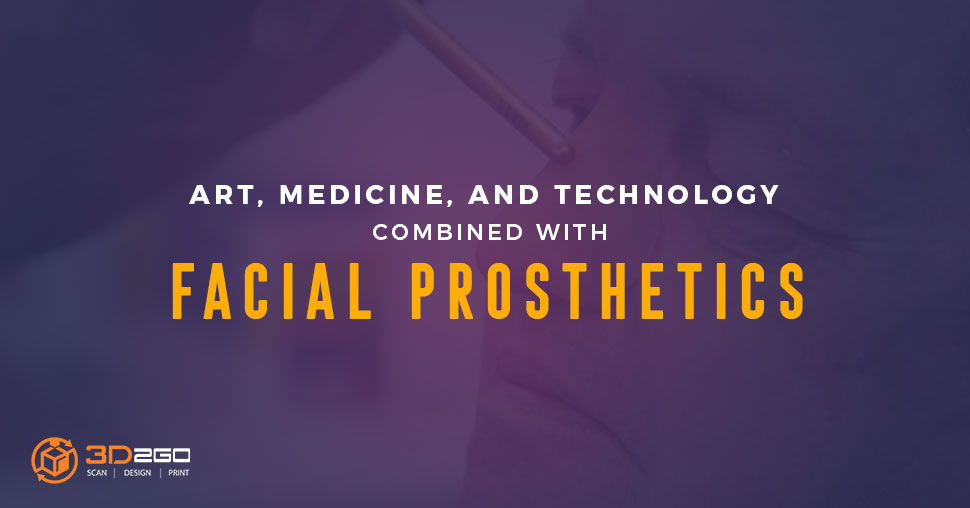
Facial Prosthetics: A Breakthrough
October 19, 20223D scanning provides several benefits to companies, however many of them are typically overlooked due to some concerns.
3D laser scanning is rapidly becoming a regular technique in design and construction and many more industries.
However, not all professionals are ready to accept it. While it is the most precise method of obtaining as-built building characteristics, certain industry holdouts are still hesitant to utilize the technology.
So, what’s the problem?
Why Does 3D Scanning Have Some Doubters?
There are several things that may go wrong when doing a 3D scan, ranging from difficult terrain to equipment failures.
Listed below are the 3D scanning services disadvantages. Because of the subtle nature of some of them, it may not be immediately obvious whether or not these problems have happened.
- Limited Line of Sight
Because of the optical nature of 3D laser scanning, measuring any surface that is not in the scanner’s line of sight is difficult. This means that internal or concealed geometry that is not visible to the scanner cannot be measured.
Scans are collected from a variety of angles to guarantee a comprehensive model, but complicated geometry, such as holes or threads, might still provide a challenge. Instead, we propose utilizing a CT scanner to measure things with concealed geometry.
- Ambient light problem
Because 3D laser scanners collect data by reading the light of a laser, ambient light may blend with the laser and interfere with the scan’s accuracy. The scan may be noisy or even useless depending on the intensity of the interference.
As a result, components should be scanned in a separate area where illumination can be checked and regulated. Due to varied environmental circumstances, such as ambient temperature and humidity, excellent scans may be more difficult to get for outside use.
- Cost
It might be extremely costly if you do not opt to outsource your 3D laser scanning. Industrial 3D laser scanners typically range in price from $50,000 to $150,000 in USD. In the Philippines, it can cost around 120,000 pesos or more. This excludes installation accessories and operator training.
Training a worker to use the scanner and software, as well as converting the scan into an usable model, is far more expensive than outsourcing. However, if you want to do 3D laser scanning on a frequent basis, this technique may be the most advantageous.
Here are others disadvantages:
- The clarity of the image may not be the best
- Cannot be bought from public department stores. Can only be bought from private corporate companies
- Needs high-end hardware for data processing
However, that is not the real value of 3D digital scanning.
The Real Value of 3D Scanning
From shoe design to supercar manufacturer, 3D Scanning Applications has transformed a wide range of sectors. Structured light scanners are fast and accurate.
3D scanners have continued to advance in technology while becoming more cheap, smaller, and easier to use.
Moreover, here is the real value of 3D scanning:
- 3D Scanning Enhanced Hands-On Learning
Educators believe that the more involved kids are, the more likely they are to acquire and remember information.
A hands-on exercise, on the other hand, increases a student’s involvement. Students will be able to immediately interact with the topics they’re learning about, whether it’s geography, bodily processes, or engineering, by bringing 3D scanning technology into the classroom.
Children learn via all of their senses, and by 3D printing classroom replicas of chemicals, body parts, or artifacts, kids may practically touch their topics in their palms.
- Makes the Prototype Process Faster
Creating an accurate 3D prototype sometimes takes many efforts. This procedure can be sped up thanks to 3D structured light scanning.
Indeed, 3D scanning has the potential to minimize the number of prototype cycles required during the design and manufacturing processes.
A scanner not only measures cross-sections and detects parts of an item that are distorted, but it also records all scan data. When it comes the time to scan a new version of the prototype, comparing version data is quick and simple.
- Application in Forensic
Because of their mobility, versatility, and precision, advanced 3D scanning technologies are becoming increasingly popular in forensics. Professional 3D scanning solutions are increasingly being utilized by police forces, insurance firms, and even during court proceedings to give evidence!
3D scanning forensic is all about mobility, versatility, and precision. A portable 3D scanner, for example, with excellent precision and the capacity to scan both inside and outdoors, even in full sunshine, makes collecting forensic data easier than ever.
In comparison to traditional means of data gathering in forensics, such as photography and tape measures, 3D scanning has shown to be an exceptionally powerful tool capable of capturing highly accurate data in a matter of minutes.
These sophisticated technologies are utilized for a number of forensic purposes, including as recording the whole crime scene or its constituent pieces before the evidence is formally gathered.
3D scanning is also useful for digitizing retrieved evidence, generating simulations in which various criminal scenarios may be conducted, assessed, and so on.
Findings and conclusions based on collected 3D scanned data are so exact and dependable that they are frequently submitted in court as evidence not only by police, but also by insurance companies.
- 3D Elevates Science/Research
Anything may be studied in great depth with 3D scanning.
At any one time, research fellows all around the world are investigating an unlimited number of materials. The introduction of 3D scanning for science brings up a plethora of options, ranging from sophisticated topography to optical measurements and archiving.
Drexel University researchers have just begun 3D scanning and printing dinosaur fossils, as well as creating their own scaled-down robotic reproductions. The goal is to examine how their bones interact with one another to generate movement and respond to environmental stressors.
3D Printing Service Provider in the Philippines
We are 3D2Go, the premier company for anything 3D in the Philippines. We have the technology and talents to assist you in creating a 3D model of various items.
We are the one-stop-shop of everything 3D such as 3D scanning, 3D modeling, 3D prototyping and more.
By allowing us to help you, you can assure an accurate and satisfying result of your project.
We sell 3D scanners and 3D printers if you want to do your own DIY project.
Reach us through our Facebook or leave us a message here.


